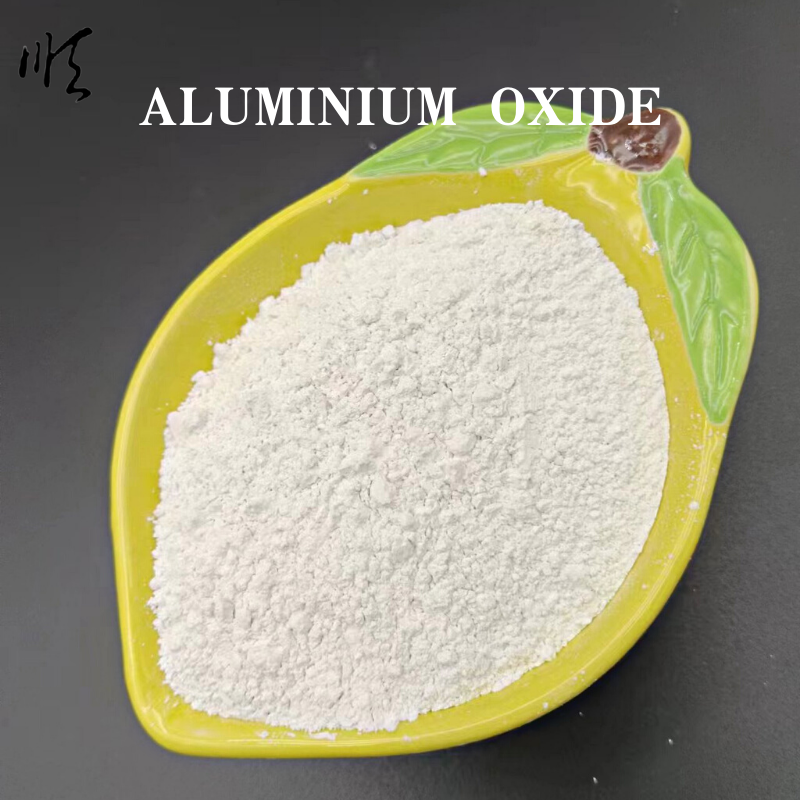
glass beads for traffic paint
The Role of Glass Beads in Traffic Paint Enhancing Visibility and Safety
Traffic safety is a crucial aspect of urban planning and road management. One of the key components that enhance visibility on roadways, especially at night or in adverse weather conditions, is the use of glass beads in traffic paint. Glass beads, small spherical particles made from high-quality glass, have become an integral part of the road marking industry. This article explores the benefits, applications, and importance of glass beads in traffic paint.
Understanding Glass Beads
Glass beads are typically produced from molten glass, which is cooled and formed into beads of various sizes. Their diameter usually ranges from 0.1 mm to 2.5 mm. The primary function of glass beads in traffic paint is to increase the retroreflectivity of road markings. Retroreflection is the ability of a material to reflect light back to its source. This feature is especially vital for road markings, as it significantly enhances their visibility at night when headlights illuminate them.
Enhancing Visibility
One of the key benefits of incorporating glass beads into traffic paint is the dramatic improvement in visibility. When light from vehicle headlights strikes the road markings, the glass beads act like tiny mirrors, reflecting the light back towards the driver. This retroreflective property ensures that the markings are easily seen, preventing accidents caused by poor visibility. In fact, studies have shown that road markings embedded with glass beads can increase visibility by up to 1000% compared to unmarked surfaces.
Improving Safety on the Roads
Traffic safety statistics highlight the importance of effective road markings. According to the National Highway Traffic Safety Administration (NHTSA), nearly 37,000 fatalities occur annually in the United States due to traffic-related incidents, many of which are attributed to poor road visibility. By improving the visibility of road markings through the use of glass beads, the likelihood of accidents can be significantly reduced. Enhanced visibility helps to guide drivers, indicating lane separations, pedestrian crossings, and other vital information critical for safe navigation.
Application and Types of Traffic Paint
glass beads for traffic paint

Glass beads are commonly used in various types of traffic paint, including water-based, solvent-based, and thermoplastic paints
. These paints serve different purposes and are suitable for various environmental conditions.1. Water-Based Paints These are environmentally friendly and commonly used for road markings in urban areas. The incorporation of glass beads provides necessary retroreflectivity, ensuring that markings remain visible in all weather conditions.
2. Solvent-Based Paints These paints are durable and resistant to wear, making them ideal for high-traffic areas. The addition of glass beads enhances their effectiveness by improving night visibility.
3. Thermoplastic Paints Known for their long-lasting properties, thermoplastic paints are often used in areas with heavy traffic. Glass beads are mixed into the paint or applied on the surface to enhance visibility even further.
The Environmental Considerations
In addition to enhancing visibility, the use of glass beads in traffic paint also aligns with growing environmental concerns. Many manufacturers are moving towards the production of recycled glass beads. This not only reduces waste but also promotes sustainability in the road marking industry. Utilizing recycled materials contributes to a circular economy and lowers the overall environmental impact of road maintenance.
Conclusion
The integration of glass beads in traffic paint is a small yet vital aspect of road safety that has far-reaching implications for public welfare. By significantly enhancing visibility, these beads play a crucial role in reducing accidents and ensuring safer roads for everyone. With ongoing developments in materials and sustainability practices, the future of road marking looks promising. As cities continue to evolve and expand, maintaining and improving road safety through effective solutions like glass bead-enhanced traffic paint will remain a central priority.
Share
-
Premium Pigment Supplier Custom Solutions & Bulk OrdersNewsMay.30,2025
-
Top China Slag Fly Ash Manufacturer OEM Factory SolutionsNewsMay.30,2025
-
Natural Lava Rock & Pumice for Landscaping Durable Volcanic SolutionsNewsMay.30,2025
-
Custom Micro Silica Fume Powder Manufacturers High-Purity SolutionsNewsMay.29,2025
-
Custom Mica Powder Pigment Manufacturers Vibrant Colors & Bulk OrdersNewsMay.29,2025
-
Custom Micro Silica Fume Powder Manufacturers Premium QualityNewsMay.29,2025






